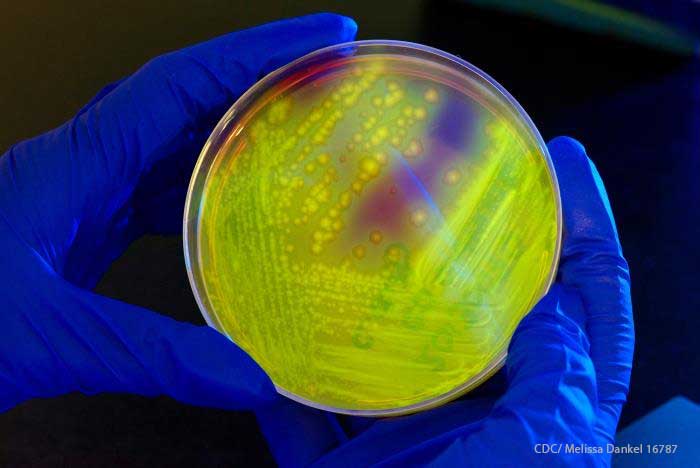Prompted by outbreaks of CRE infections from ERCP endoscopes, the FDA came out with a guidance on reprocessing of reusable medical devices. Recent outbreaks of Carbapenum-Resistant Enterobacteriaceae (CRE) infections have been linked to specialized endoscopes used for endoscopic retrograde cholangiopancreatography (ERCP). The hospitals involved in recent outbreaks include the following:
CRE has a 40% fatality rate, so it is critically important that the endoscopes not transmit these bacterium from one patient to another. Our lawyers are investigating outbreaks linked to endoscopes. You can click here now to request a free consultation with Fred Pritzker or another attorney at our law firm.

The FDA and CDC have determined that the ERCP endoscopes involved in the outbreaks were cleaned according to manufacturer instructions in automated endoscope reprocessor (AER) products. These reprocessors were supposed to eliminate 99.999% of pathogens. The FDA and CDC are now looking at whether the reprocessors connected to the outbreaks were working as promised by the manufacturer.
In the meantime, the FDA released the above-mentioned guidance.
ERCP Endoscope Labels Should Have Directions for Reprocessing
Manufacturers of reusable medical devices are responsible for having labeling that bears adequate directions for use, including instructions for preparing a device for use (21 USC 352(f)). The FDA has interpreted this to mean that reusable devices should have labels that carefully outline how to reprocess the device and what reprocessing equipment to use. This is to ensure that the device is used safely and does not transmit diseases from patient to patient.
The instructions included in the labeling should be complete, understandable and reasonably implemented by the user (21 CFR 820.181 and 21 CFR 820.30(j).
Manufacturers are required to maintain documentation of tests it performed to make sure each step of reprocessing is safe and effective. And those tests, called “validation,” should demonstrate that soil and contaminants have been effectively removed and that the device is free of viable microorganisms.
What is Reprocessing?
Reprocessing is a validated (tested) process used to render a medical device, which has been previously used or contaminated, fit for a subsequent single use. In general, there are 3 steps:
- point-of-use processing that includes prompt, initial cleaning steps meant to prevent drying of soil and contaminants in and on the ERCP endoscope;
- thorough cleaning in a dedicated cleaning area; and
- disinfection or sterilization.
Cleaning is the physical removal of soil and contaminants, and the process should do the following:
- minimize the soil transfer from one patient to another or between uses in a single patient;
- prevent accumulation of residual soil throughout the endoscope’s useful life; and
- allow for successful, subsequent disinfection/sterilization.
Disinfection and sterilization should kill microorganisms.
6 Criteria for Reprocessing Instructions
- Labeling should reflect the intended use of the device.
- Instructions should advise users to thoroughly clean the device.
- Reprocessing instructions should indicate the appropriate microbicidal process for the device, noting whether it is a critical, semi-critical or non-critical device.
- Instructions should be technically feasible and include only devices and accessories that are legally marketed.
- Instructions should be comprehensive, enabling the user to understand precisely how to implement the entire reprocessing procedure safety and effectively.
- Instructions should be understandable, clear, legible (reasonable font size) and provided in sequential order.
Design of Reusable Medical Devices
In addition to providing instructions on reprocessing, manufacturers of reusable devices should consider device designs that make cleaning, disinfection and sterilization between uses easy and effective. Some alternative designs that should be considered are:
- replace features that are challenging to reprocess with single-use part;
- include flush ports; and
- specify and/or provide dedicated cleaning accessories.
Read the FDA Guidelines.